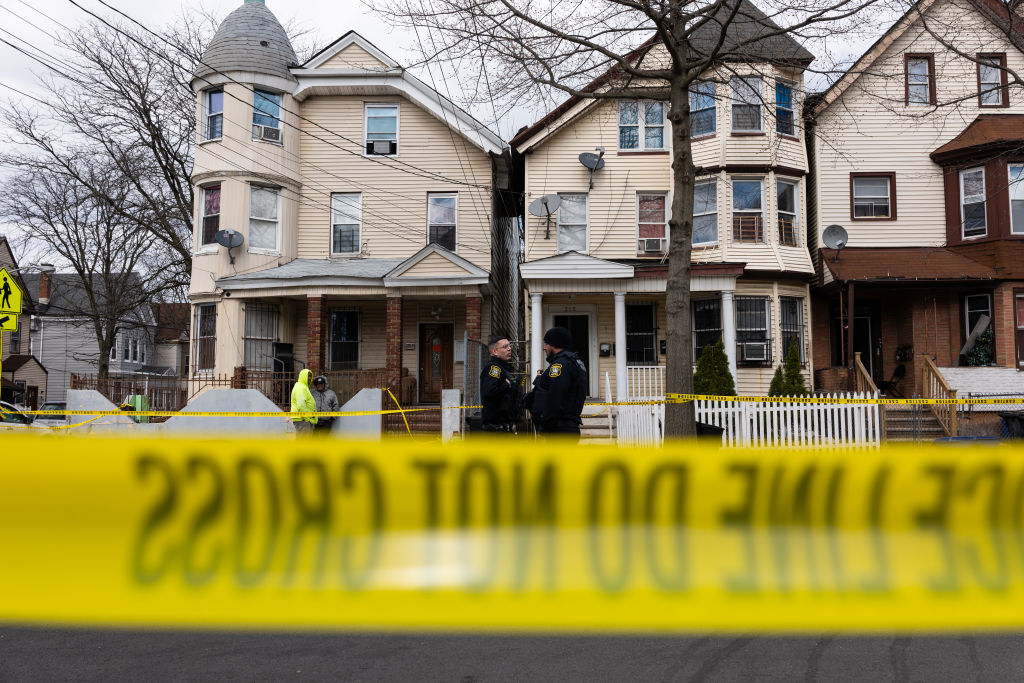[ad_1]

Final week’s earthquake in Lebanon, N.J. – the strongest to hit the state in additional than 200 years and which halted exercise in New York-area airports and was felt from Washington, D.C., to Maine – highlighted the significance of earthquake preparedness, mitigation, and insurance coverage in areas historically not related to damaging seismic exercise.
Earthquake insurance coverage shouldn’t be lined beneath an ordinary householders coverage. In line with A.M. Finest, $250 million in direct premiums written for earthquake protection was in drive in Connecticut, New Jersey, and New York in 2023, accounting for lower than 5 p.c of U.S. earthquake protection premiums.
Claims from final week’s occasion usually are not anticipated to be extreme.
“Insurers could also be anticipating small claims from house owners of companies,” mentioned Janet Ruiz, Triple-I director of strategic communication. “For instance, grocery shops, the place glass bottles might have fallen from cabinets. However the insurance coverage influence is prone to be restricted.”
Essentially the most important influence occurred in Newark, N.J., the place three multifamily row houses have been declared uninhabitable due to potential structural injury, displacing dozens of residents. Nonetheless, on Saturday morning, the properties have been declared structurally secure and residents have been allowed to return.
Earthquakes giant sufficient to be felt by lots of people are comparatively unusual on the East Coast. Since 1950 there have been about 20 quakes with a magnitude above 4.5, in keeping with america Geological Survey. That’s in contrast with over 1,000 on the West Coast.
In 2011, a 5.8 magnitude quake close to Mineral, Va., shook East Coast residents over a large swath from Georgia to Maine and even southeastern Canada. The USGS referred to as it one of the crucial broadly felt quakes in North American historical past. The quake value $200 to $300 million in property damages, together with to the Washington Monument in D.C., a lot of it uninsured.
Simply as floods can inflict injury in areas not designated by FEMA as “flood zones,” any property the place a quake can occur can endure important injury. Not like in earthquake-prone states like California, nevertheless, buildings usually usually are not designed or constructed with seismic occasions in thoughts. Householders can be properly suggested to debate with their insurance coverage professionals whether or not earthquake protection is true for them.
Final week’s temblor additionally ought to drive consciousness of the necessity for Congress to reauthorize the Nationwide Earthquake Hazards Discount Program (NEHRP) – a federal program that helps mitigate earthquake injury to buildings and communities. The NEHRP expired in September 2023. Bipartisan laws to reauthorize this system was launched in January 2024.
“I’ve seen what occurs when communities aren’t ready and haven’t mitigated,” mentioned Dr. Lucy Arendt, a professor with St. Norbert School and Chair of the NEHRP Advisory Committee on Earthquake Hazards Discount, in a March 7 congressional briefing hosted by the Nationwide Institute of Constructing Sciences (NIBS). “Individuals are displaced from their houses. Colleges are closed. Companies shutter. There’s a number of trauma.”
Arendt mentioned funding in data, time, and cash previous to a extreme catastrophe is considerably lower than the associated fee to assist communities get well from a serious menace.
“There’s a resilience hole between the place we’re in the present day and the place we needs to be as a resilient nation,” mentioned Daniel Kaniewski, a former FEMA deputy administrator and member of the NIBS Multi-Hazard Mitigation Council. “I noticed firsthand the collapse of infrastructure. These are belongings you may not see as a result of it’s buried underground. However with out water and energy, that neighborhood can’t get well. Lifeline infrastructure must be restored rapidly and effectively.”
Many of the constructed atmosphere shouldn’t be designed to face up to earthquakes. Communities with weak constructing codes, older housing inventory, unreinforced masonry buildings, and unmitigated hazards will fare worse than others, Kaniewski mentioned.
“This, mixed with the potential extreme human toll, implies that any U.S. earthquake may have catastrophic penalties that might reverberate properly past the influence zone,” he added. “Harm to manufacturing amenities, transportation nodes, and communications networks and disrupted provide chains can be among the many lengthy listing of cascading failures. Huge authorities spending can be vital” to restore within the aftermath of such an occasion.
Be taught Extra:
Triple-I Backgrounder on Earthquake Threat
Triple-I Info & Statistics: Earthquakes and Tsunamis
Earthquakes: You Can’t Predict Them, However You Can Put together
[ad_2]

